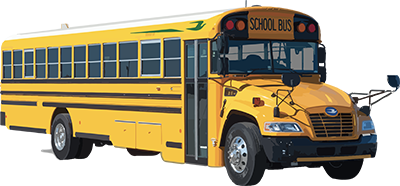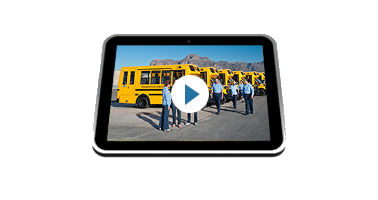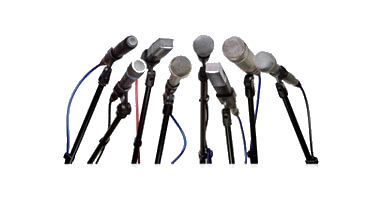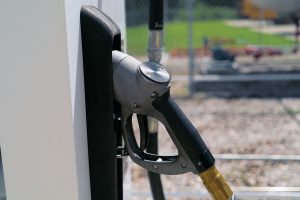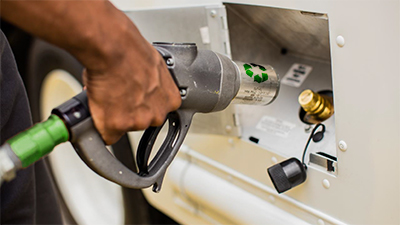Propane Buses Make the Back-to-School Headlines

It’s back to school time, and Blue Bird’s iconic yellow buses are buzzing around the nation. This makes it the perfect time to let your local media know if you have any new deployments of propane buses for the new school year.
Are you wondering how to get the media to notice you? Start by reading what is being said about other propane school bus deployments. With a web search, you’ll find hundreds of news articles on the subject.
Do you have an interesting story behind a propane deployment? Did a local school district make a notable purchase? There are no rules to how many buses need to be deployed. Whether it’s one or 100, the news can be exciting depending on the situation. For instance, when a charter school in California bought its first and only school bus, they chose propane. Just make sure that the story is new and different in your area, and the media will scoop it up. Reporters tend to like the theme of “yellow buses going green.” Many news outlets have played off of this kitschy theme with relation to cost savings and emissions reductions.
Here are some key points to use when reaching out to your local media:
Know your angle: What’s your story? Is it the number of propane buses? Is it the school district’s first purchase, sixth purchase? Have they gone 100 percent propane? Is the school district willing to provide information and a quote for a press release?
Share emissions reduction information: The ROUSH CleanTech propane engine is certified to California Air Resources Board’s optional low nitrogen oxide level of .05 grams per brake horsepower per hour — making it 75 percent cleaner than the Environmental Protection Agency’s current emissions standard and the cleanest propane school bus on the road. Plus, buses fueled by propane emit 80 percent fewer smog-producing hydrocarbons and virtually eliminate particulate matter when compared with conventional diesel.
Communicate cost-savings facts: Historically, propane autogas costs 40 to 50 percent less per gallon than diesel. If you have specific numbers, provide those, too. For example, Fulton County Schools said that they expect to “save $3,500 in fuel and maintenance costs per bus per year — that’s $315,000 that can be allocated elsewhere, like back in the classrooms.”
Show off the “green” Blue Bird graphics: This visual display shows communities that their school district is invested in alternative fuels and providing a cleaner form of transportation to students. The green bird acts as a traveling billboard.
Be sure to use your news, news from other districts and the Propane Education & Research Council’s press releases in your sales efforts. Your customers can feel confident in making a purchase when they see news about propane school bus deployments in print or online.
If you need help determining if your propane school bus story could gain media attention or drafting your press release, or if you have any questions about the public relations process in general, please contact Brian Carney at Brian.Carney@roush.com.
Here are some examples of recent back to school propane bus news:
California’s Sierra Foothill Charter School
Colorado’s Thompson School District
Connecticut’s Danbury School District
Georgia’s Fulton County Schools


